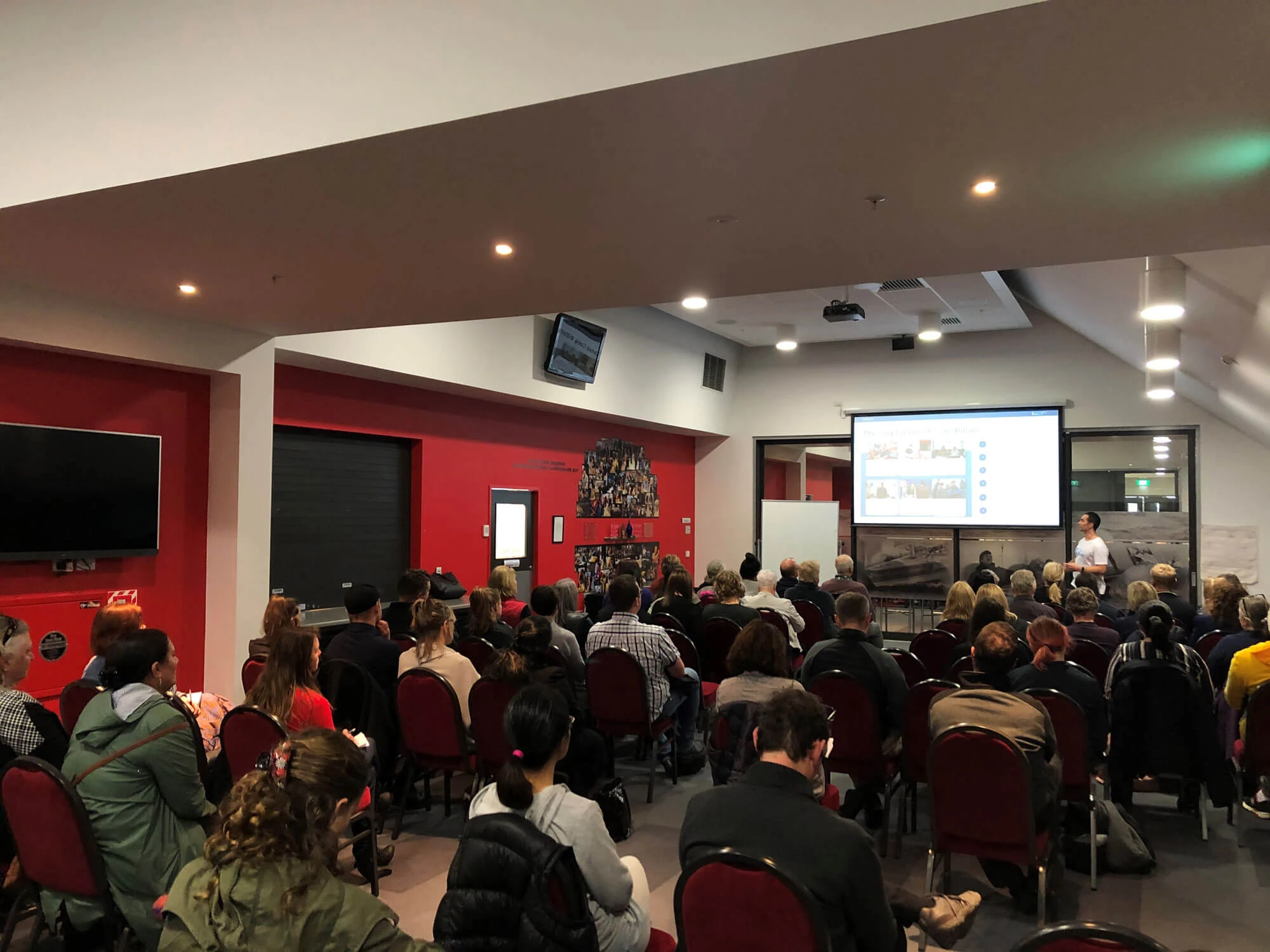Evening Primrose (Oenothera spp.)
Introduction
Evening Primrose belongs to the genus Oenothera. It originates from the temperate regions of North and South America. Evening Primrose is frost-hardy and grows best in open sunny situations. It will tolerate dry conditions, making it more suited to the drier areas of Northern Southland and inland Otago. It is often seen in these areas growing on river banks and other ‘waste’ areas.
It is grown as a crop for the oil, which is extracted from its tiny seeds. The oil contains 10% preformed gamma-linolenic acid (GLA) which is a fatty acid essential in the human body. Evening Primrose oil is believed to be beneficial for helping a number of medical conditions such as pre-menstrual syndrome. The oil also has a pleasant fragrance.
Growing Evening Primrose
| Propagation: | From cuttings |
| Yields/ha: | Expected yield 200–500 kg/ha |
| First harvest: | Unknown |
| Full production: | Unknown |
| Time of maturity: | Late summer |
| Soil type: | Evening Primrose is slow to germinate. Warm, moist, fertile soils are required for successful germination. |
| Fertilisers: | Evening Primrose grows in low fertility conditions. Too much fertiliser encourages weed growth. |
| Weed control: | Weed control needs to be carried out at establishment. Evening Primrose is slow to germinate, so it is important to reduce initial competition from weeds using herbicide. |
| Pest/Diseases: | Grassgrub |
| Harvesting: | Evening Primrose flowers for up to two months. The best time to cut the crop is when the majority of seeds in the mature pods turn light brown. At this point the mature pods are starting to split. The crop is then left in a windrow for at least 10 days before it is ready to harvest.
The seed must be dried to 9% moisture content immediately after harvest. This is important to ensure that mould will not occur and reduce seed quality. |
| Marketing: | At present the seed is grown on a fixed price contract. The Essential Oil from Evening Primrose is sold into niche markets in the Northern Hemisphere. |
Further Information
National Centre for Complementary and Alternative Medicine (USA Federal agency)





